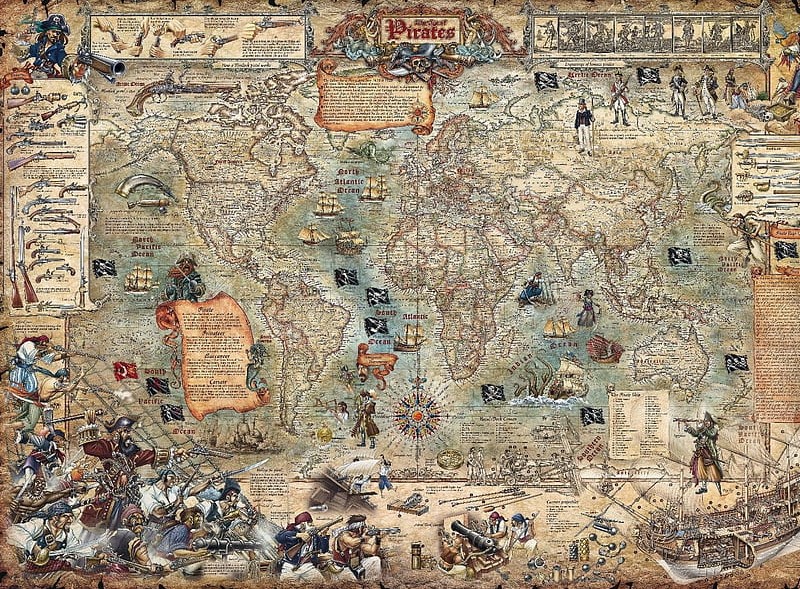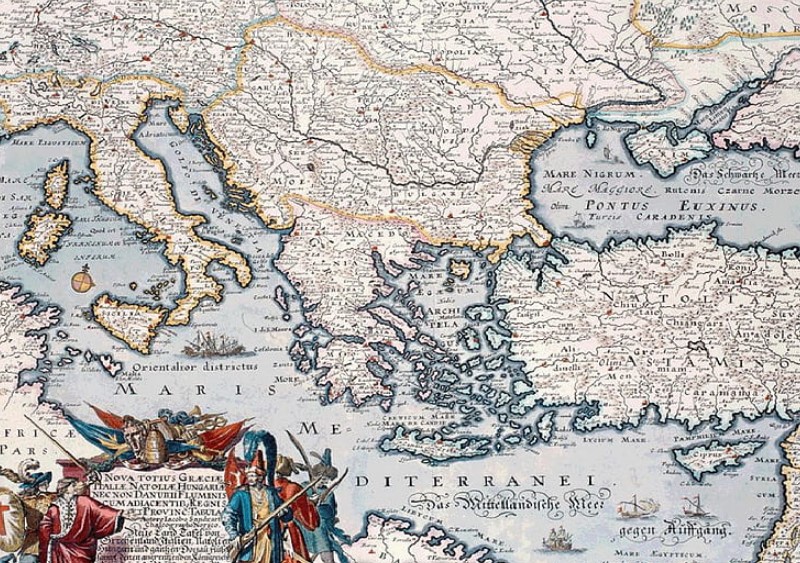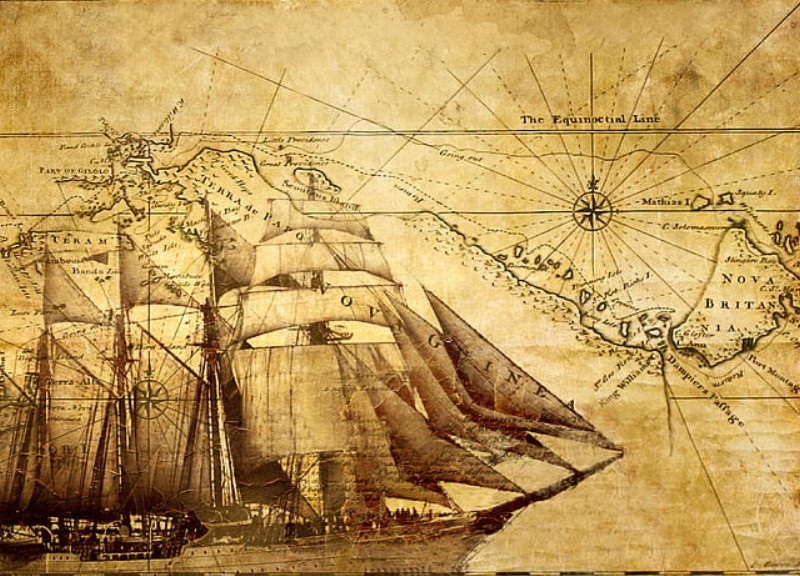
There are those who collect stamps and coins, some antiques, and others who prefer the refinement and mystery that historical maps bring with them. And if you are among those who are wondering if it is worth starting or if you are a bit confused about how to continue, you are in the right place.
Summary
The value of historical maps
The value of a map is affected by supply and demand, like any other object, and ultimately boils down to an agreement between buyer and seller. However, it is possible to make some useful generalizations in estimating prices. Two large groups of factors influence the value of a map, one dealing with the identity of the map and the other with its condition. The factors related to the identity of the map will be discussed first:

The age of the map
The older the map, the more valuable it is generally. However, using age as the sole basis for assessment is very dangerous. 1500 maps can be purchased for under $ 200.00 while 1800 maps can be worth several thousand dollars and vice versa. It is therefore not a characteristic that generates indisputable value.
Rarity
Some maps have been published in small numbers and are relatively rare. If other conditions are present that increase the value, the map is further enhanced by rarity, but rarity alone does not create value.
Dimension
- Most collectors prefer large maps. Such maps are generally more detailed and more decorative while some collectors prefer smaller maps as they are less expensive and easier to store.
The creator of maps - For historical maps, the cartographer can strongly influence the price.
- This means studying the period well and looking for the great names who have drawn its geography.
Aesthetic qualities
Many people buy maps with the intention of framing and displaying them in their homes or offices. These people are more attracted to a map with swirls, fancy borders, sea monsters, refined colors, etc. than to a simpler map of the same region and age. Some collectors also specialize in decorative maps. Of course, this increases the price of such maps. This does not mean that even city maps can be of great value.

Other valuable features of historical maps
- Region depicted
Collectors in some countries have developed a liking for collecting maps of their regions, which drives up the prices of maps from those regions. - Germans, Dutch, British, Australians, Canadians, and Americans are some of the nationalities who love maps of their countries.
- World maps are popular with collectors around the world, and often the world map is the most expensive in a given atlas.
- Maps of the continents, especially America, are also required, as well as maps of the Holy Land and Japan. zo.
Historical importance

Some maps, particularly those of explorers, are the first to represent an area or a feature of it. Other maps could represent a major battle or similar event. Other examples can be imagined from geography such as California as an island. Generally, the more such maps go back to the event, the greater the importance and therefore the value they have.
Condition
All maps and prints we sell are original antiques; hence, their age must be kept in mind when considering the condition. The condition of all items is generally noted on the certificates of authenticity that accompany them. Often maps (and large prints) have center pages; they can also often have edge discoloration or general discoloration with age. Items in our catalog will not detect minor defects, however any defects that we believe materially affect the item will be noted, such as repaired tears, irregular blooms or stains, dirt, etc.
Deciphering the value of a historical map is an expert’s job, and one cannot improvise as a connoisseur. An enormous preparation is required on the history and geography of the area represented or a good knowledge of the map of the current city and the history that led it to be such.
Furthermore, it is necessary to have knowledge bases that help us understand the materials used, the state of conservation of the object, and its correct dating, in order not to run into antiquated replicas of little value.
In short, as for the other collections, the choice of historical maps requires patience and dedication.



